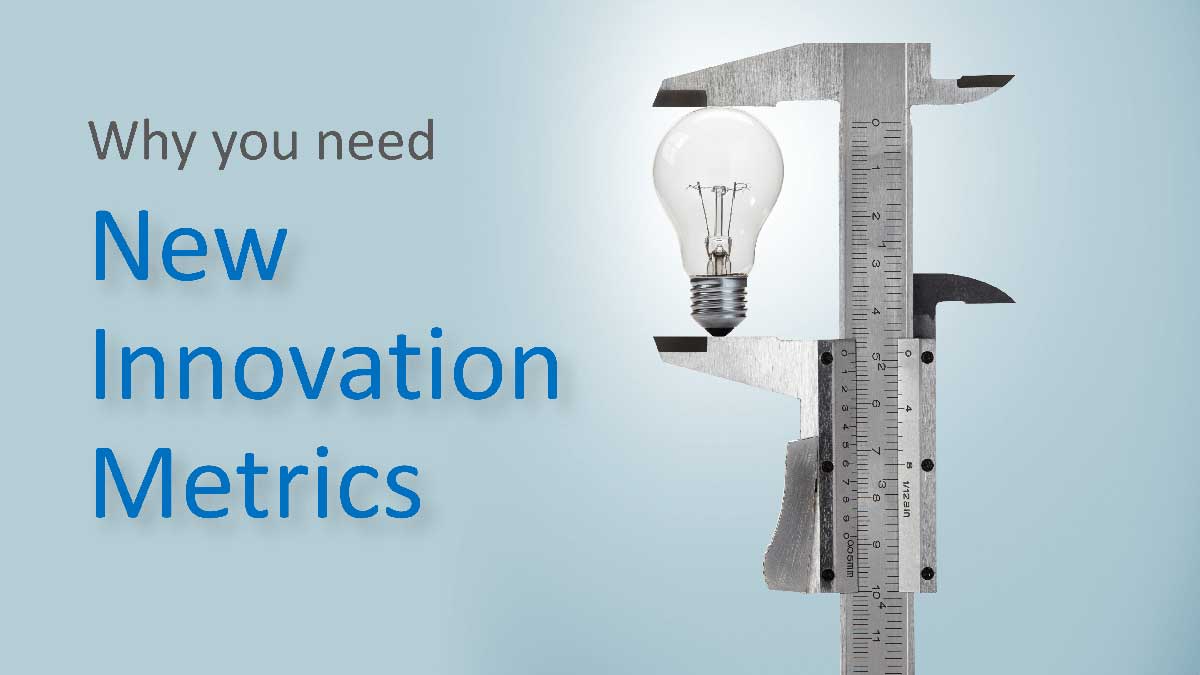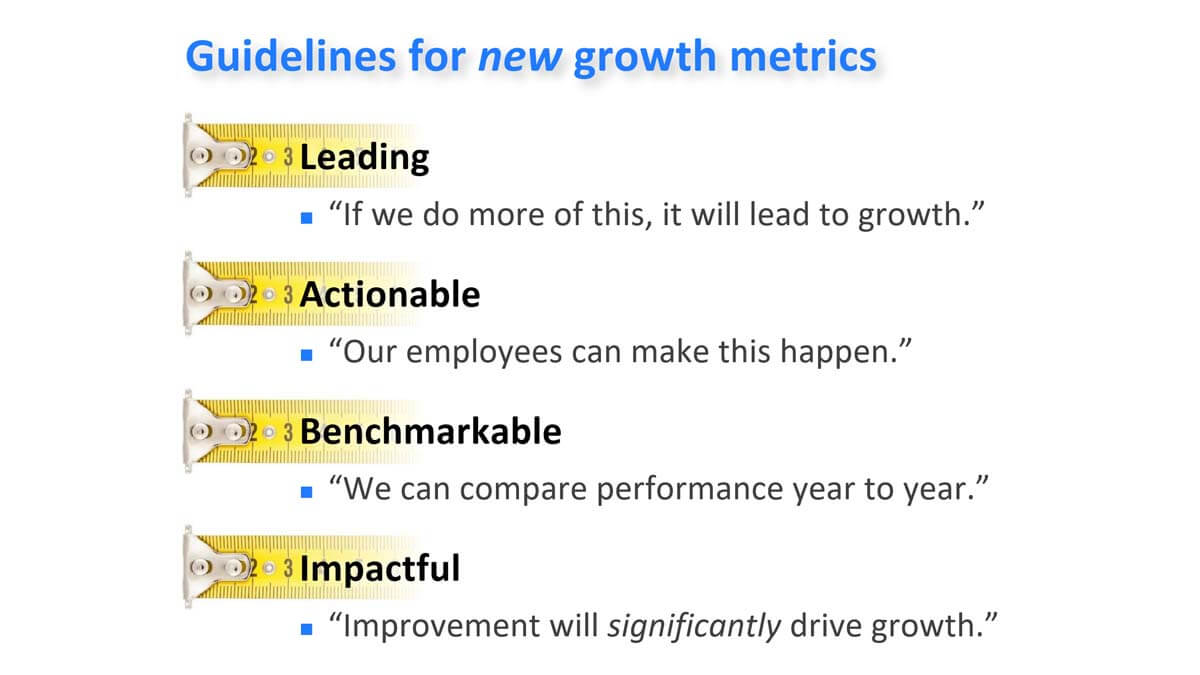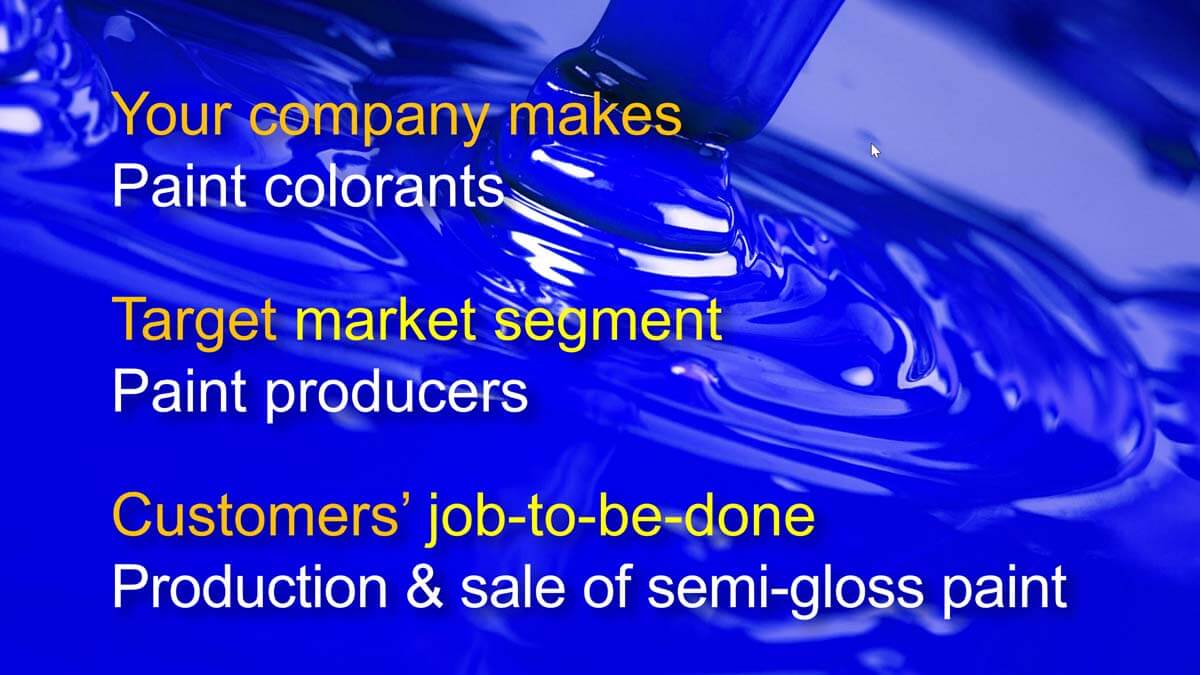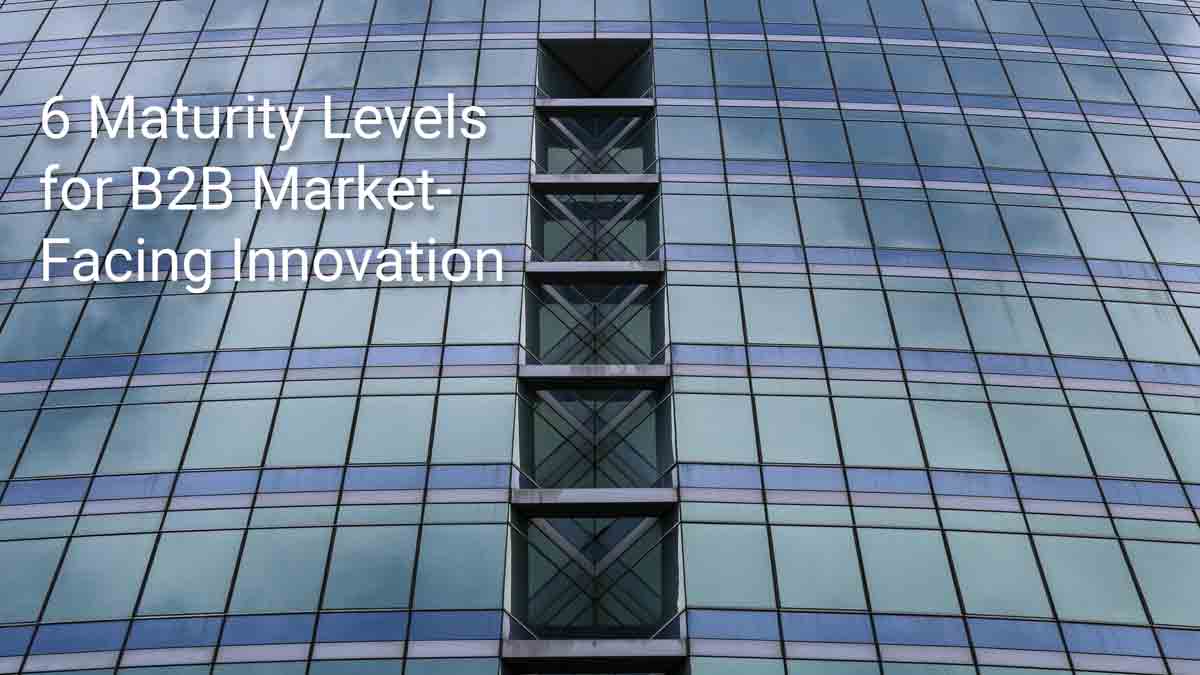While VOC is extremely important, the most overlooked practice in B2B product development today is competitive benchmarking. This should be done in the front-end of innovation using 4 steps: 1) Identify outcomes to benchmark, 2) Identify customers’ alternatives, 3) Identify test methods, and 4) Identify benchmark levels (how good is good enough?) ... Read More
Blog Category: Product Development
If you like confirmation bias, you’ll love “validating hypotheses.”
Think you can validate your new product concept with customers and avoid confirmation bias? Good luck with that. In your last performance review, did you agree with your boss’s praise more than his criticism? If so, you may not have overcome confirmation bias quite yet.
So if you want to avoid innovation malpractice, you need to stop leading the witness in interviews. Let them lead you to what really matters to them. My suggestion: Focus your customer interview on their desired outcomes. Then just check afterwards to see if their outcomes are a good match for your intended solution.
More in 2-minute video, Give your hypothesis the silent treatment
Profitable, sustainable organic growth makes it fun to go to work.
When you can count on profitable, sustainable organic growth, everything gets better. Employees have stable, rewarding careers. Industry-watchers admire your company. Customers want to work with you. Activist investors bother someone else. And it irritates competitors. What’s not to love?
But you have only one path to this type of growth. You must understand and meet customer needs better than others. How intense is your focus here? Is it greater than that of your competitors’? Or is your business distracted by other initiatives that can never deliver rapid, profitable, sustainable growth?
More in 2-minute video, Rethink your major initiatives
All great VOC interviews are alike; every unhappy interview is unhappy in its own way.
With apologies to Tolstoy’s Anna Karenina… all great voice-of-customer (VOC) interviews are alike in the same way: The customer is talking during most of the interview. And they are talking about those outcomes (desired end results) they want to talk about. Anything else is clutter, much of which leads to unhappiness.
For B2B voice-of-customer interviews, plan on two rounds of interview… first qualitative interviews (called Discovery), followed by quantitative interviews (called Preference). In both cases, the customers will be doing most of the talking… and about matters that interest them. They’ll be happy. You’ll be happy.
More in video, Reinventing VOC for B2B
Everyday VOC: Turn every customer visit into actionable insight
Do your sales and tech support reps make hundreds of customer calls annually? Why not train them to probe deeply and capture customer needs uniformly in your CRM? You’ll gain unprecedented market insight when you turn your sales force into a learning force—to help you develop better future products. And with Everyday VOC probing, they’ll ... Read More
My first rule of battles: You can’t win one you don’t know you are in.
In the 1970’s, Detroit automakers didn’t realize they were in a battle for quality. but Toyota did. In later years, the battle moved from quality to productivity improvements. But those were both last century’s battles. Today the battle is over innovation… to deliver more value to customers than your competitors.
Does your business leadership team know it’s in a battle for innovation? One way to find out is to wait until a competitor upends your market with a blockbuster new product. A better approach is to start building innovation capabilities earlier and strong than those competitors. More in white paper, Catch the Innovation Wave
Also see 2-minute video, Catch the innovation wave
Market Satisfaction Gaps… your key to B2B organic growth
What single new practice can drive your company’s long-term organic growth more than any other? Hint: Few companies do this today, but that’s changing… and someday this will likely be a common practice. The answer: The disciplined use of Market Satisfaction Gaps (MSG) as a required “admission ticket” for entering the costly product development stage. ... Read More
Does your management understand the difference between risk and uncertainty?
You’ll have much better project reviews if they understand this difference. You can only assign a level of risk if you know the probability of an unfavorable event, e.g., 40% chance of a thunderstorm. It’s pointless—even misleading—to assign probabilities of success, net present values, and so forth in a project’s early phase. That comes later, after your team drives dozens of assumptions from uncertainty to certainty. The methodology for doing this isn’t difficult: Check out this 2-minute video at Why risk and uncertainty are different.
More in video, Project de-risking with Minesweeper® software
Accelerate New Product Innovation
How critical is speed to new product innovation? Imagine a project that leads to new product sales of $5 million per year, with average profit margins. What’s the net present value of launching this product just one month earlier? $80,000! That’s $4000 per business day. Think we could use a little more urgency for new ... Read More
Four ways to accelerate your innovation.
Is your business looking for ways to accelerate its new product development? Here are four ways to do this: 1) Set clear design targets in the front-end. When the team knows what the customers wants early-on, it eliminates second-guessing, dead-end detours and hesitation. 2) Concentrate resources on fewer projects, staff them for speed, and kill any dead-end projects quickly. 3) Focus on “time-to-money” (not just “time to market”). If you engage customers throughout development, they’ll anticipate your new product and begin evaluating it sooner. 4) Eliminate “organizational friction”… travel bans, spending freezes, hiring delays, re-orgs, new initiatives, and so on.
More in 2-minute video, Pursue fast innovation
It’s Time for New Innovation Metrics
You’ve heard, “measure twice, cut once,” right? When it comes to market-facing innovation, most companies only measure after they’ve cut. They use the vitality index—a fine innovation metric developed by 3M in 1988 that’s simple to understand: percentage of gross revenue generated from products launched in the past three (or five) years. But if this ... Read More
Here are 4 rules for better innovation metrics.
The Vitality Index (% of sales from new products) is helpful, but it suffers from being a lagging indicator. So how would you supplement it? Any new innovation metric you adopt should satisfy 4 rules: 1) Leading: “If we do more of this it will lead to growth.” 2) Actionable: “Our employees can make this happen.” 3) Benchmarkable: “We can compare to others and year-to-year.” 4) Impactful: “Improvement will significantly drive growth.
Here are two new innovation metrics that satisfy all four rules: Growth Driver Index (GDI) and Commercial Confidence Index (CCI). These measure your growth capabilities and evidence-based customer insight, respectively. (See white paper, New Innovation Metrics.)
More in 2-minute video, Employ new growth metrics
What should your first step be when developing a new product?
If you want to develop a great new product, your first step should be to target a single market segment and job-to-be-done (JTBD) within that segment. A market segment is a “cluster of customers with similar needs.” If you develop one product for multiple market segments, your new product won’t satisfy any customers to the fullest extent. By definition, different market segments have different needs, right?
If your company makes colorants, your target market segment might by paint producers. But your project scope is still too broad: You need to target a specific job to be done by those paint producers. Their job might be, “production and sale of semi-gloss paint.” This is explained further in the article, Quantitative questions for interviews
More in 2-minute video, Begin with customers’ job to be done
6 Maturity Levels for B2B Market-Facing Innovation
What’s the key to accelerating your B2B business’s organic growth? The research is clear: Superior customer insight drives stronger new product value propositions… which in turn boosts organic growth. Now you can use this new Innovation Maturity Level chart to assess your current level… and plan your ascent all the way to Level 6. The ... Read More













